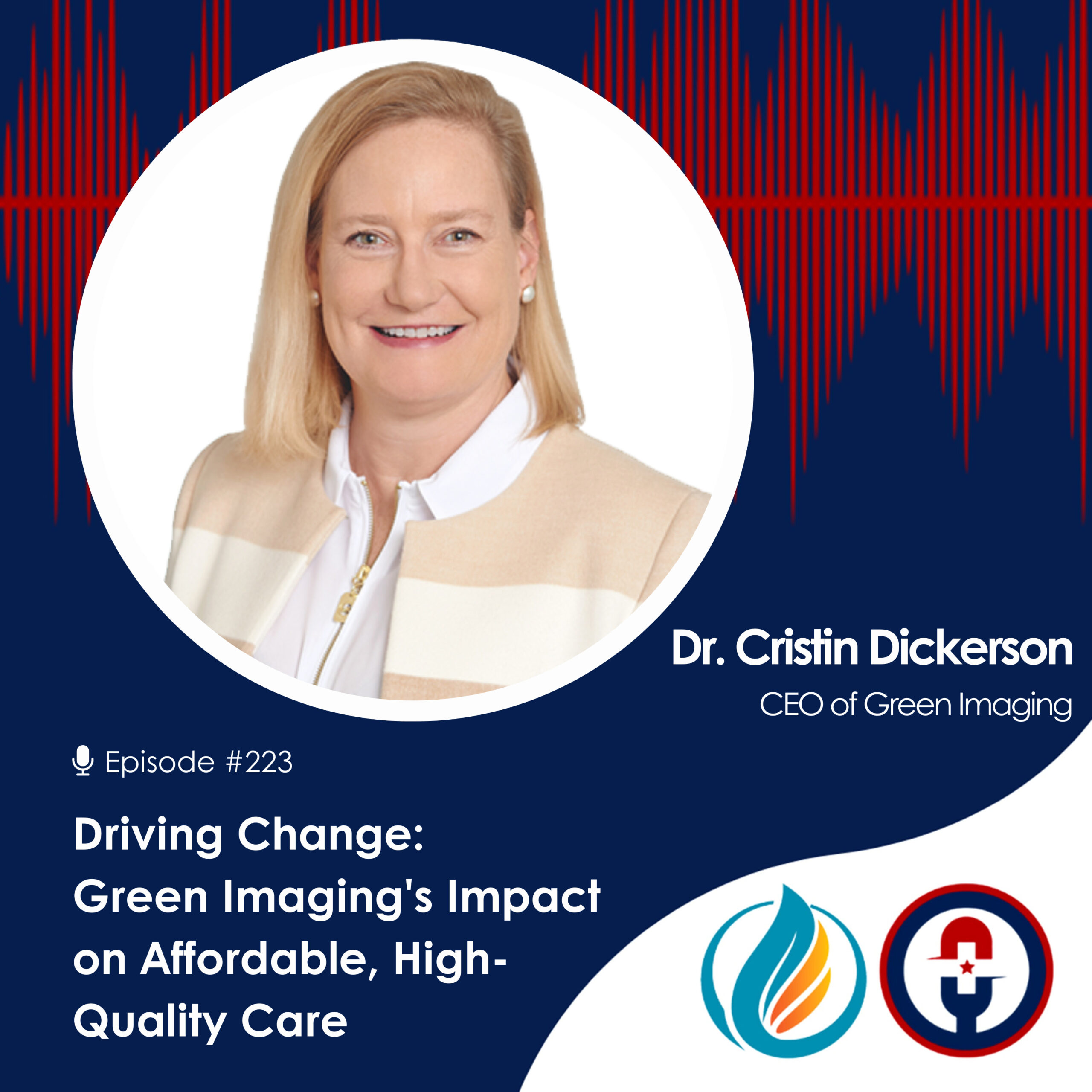Which Diagnostic Imaging Scan Do I Need?

MRI, PET/CT Scan, or X-Ray?
Diagnostic imaging procedures such as MRIs, CT and PET/CT scans, x-rays, and others such as nuclear medicine imaging and ultrasounds, are the operational backbone of the healthcare industry. Diagnostic medical imaging allows doctors to make accurate, life-saving diagnoses which has helped revolutionize the practice of medicine.
Even as recently as a couple of decades ago, advanced imaging techniques beyond simple x-rays were still in a state of development. Physicians didn't have a way to see the internal organs of our bodies very well. As a result, an untold number of patients died as a consequence of a diagnosis that was incorrect due to a lack of necessary information or not having access to new imaging technology that was not yet available.
Thankfully the times have changed. Advanced imaging techniques give physicians and their patients the tools to identify health concerns early, quickly, and accurately. In turn, this helps save lives, time, and money. With so many diagnostic imaging options available, it's important to know the right technology for the scan you need.
"Green Imaging radiologists are always available to help your doctor select the most cost effective and diagnostically efficacious exam for your medical needs."
--- DR. CRISTIN DICKERSON, MD
Expensive Diagnostic Imaging Scans Doesn’t Mean Better
When trying to determine which diagnostic imaging services are best suited for your needs as a patient, the best place to begin is understanding the goal for your scan.
Once you determine the problem, such as a fractured bone for example, then you can evaluate the scanning options best for your problem, budget, and personal concerns.
X-rays
What is an X-ray?
X-ray scans are the bread and butter of most imaging facilities and imaging departments in hospitals. X-rays utilize a small amount of electromagnetic radiation that passes through the body. Denser materials, such as human bone, block x-ray radiation and thus appears white in x-ray images. An x-ray machine discharges x-rays at the target subject and creates an image that is later interpreted by a radiologist.
X-rays are relatively inexpensive, quick, noninvasive, and are excellent for first-look examinations or for identifying physical injuries.
X-rays are ideal for cost-conscious consumers with non-life-threatening injuries, particularly to bones, that may require regular monitoring. They are also great for getting a first look at a problem before making any further diagnoses.
Should I be concerned about having an X-ray?
When modern routine x-rays are employed in a controlled environment by a diagnostic imaging professional, there is not a risk of developing cancer or suffering other adverse effects. Pregnant women should avoid nonemergent x-rays in the interest of limiting any possible risk to the fetus, especially in the first trimester.
How Much Do X-rays Cost?
As with any medical imaging procedure, x-ray costs vary based on a multitude of factors outside of the control of the consumer. There is a reason for healthcare pricing problems which I explain in Predatory Pricing and the American Healthcare System.
X-ray list prices per procedure range from $50 up to several hundred dollars without insurance.
CT and PET/CT Scan
What is a PET/CT Scan?
A Computed Tomography (CT) scan is essentially a highly advanced, modern version of the traditional x-ray exam. While an x-ray is a 2-dimensional image of a part of a person’s body, a CT/PET scan utilizes hundred or even thousands of individual x-rays to create three-dimensional images. This is known as computed tomography (CT).
During a CT scan procedure, patients lay supine on a flat table that slowly glides through the center of a large x-ray machine that emits x-rays at the subject area from a multitude of angles and directions. These individual x-ray images are then reformatted by a computer to create a three-dimensional representation of the patient. Sometimes contrast agents are necessary to create more detailed images of specific body parts. In this case, the contrast agents are swallowed in advance of or are injected intravenously at the time of the CT scan procedure.
CT scans are particularly useful demonstrating anatomy and pathology in certain body parts. It is a quickly acquired imaging modality, so it is frequently used in emergency situations. It also provides detailed images of the lungs, gastrointestinal tract, and bony skeleton.
PET/CT imaging adds additional physiologic information to the CT anatomic information with the administration of a radiotracer that is tagged to glucose and thus demonstrates the parts of the body that are using the most sugar (such as cancer cells) or are not utilizing sugar normally (in the setting of abnormal brain function).
Should I be concerned about having a CT or PET/CT scan?
Like a traditional x-ray exam, CT/PET scans utilize electromagnetic radiation to create imaging data to see organs, injuries, or potential tumors.
Advanced CT scanners and protocols keep radiation doses as low as possible while attaining high-quality images.
Regardless, CT and PET/CT scans should not be overused and are not suitable for pregnant women. Although rare, some patients also experience allergic reactions to some CT contrast agents, which may require premedication or consideration of another imaging modality.
How Much Does A PET/CT Scan Cost?
A CT scan typically costs several hundred dollars to $1000 or more. PET/CT scans usually cost $1,400 to several thousand dollars with some dependence on geography as the radiotracer loses strength during transport. While patients with insurance may never see the list price, those looking to pay cash or forego insurance may find the prices to be simply unaffordable. That’s where Green Imaging can help make an immense difference in the price. We offer CT and PET/CT scans directly to consumers at truly consumer-friendly prices.
Magnetic Resonance Imaging (MRI)
What Is An MRI?
Because MRI machines utilize large, powerful magnets, it is essential that all metal objects be removed from a patient’s body before the exam. MRIs must also take place in specialized imaging suites that contain no ferrous metals. Also, MRI machines are known to produce noises often described as repetitive whirring and knocking sounds. High field strength MRIs are known to cause temporary tinnitus or hearing threshold shifts. MRI's are contraindicated or may require a special procedure if a patient has a pacemaker and some other types of mechanical implants.
How Much Does An MRI Cost?
MRI procedures are notorious for ranging in prices from a few hundred dollars per scan to as much a few thousand dollars per scan. The elevated pricing is the result of predatory healthcare pricing, hospital monopolies, and negotiated rates.
MRIs in Alaska, for example, can cost as much as $3,200 while an MRI in Denver, Colorado might only cost a few hundred dollars. Here in Houston, Texas, the median cost is around $1,000 per procedure. However, Green Imaging clinics can provide the same high quality, concierge MRI service for as little as $250, or up to 75 percent less than the price of area competitors.
Choosing the Right Diagnostic Imaging Procedure Takes A Little Time, Patience, and Research
The imaging technologies described above are but a few of the most commonly prescribed diagnostic imaging tests. Most patients trust their doctors to provide the right prescription and will get the tests that their doctor recommends. Green Imaging radiologists provide Direct Radiology Services to Direct Primary Care doctors, free market medical specialists, and doctors and other providers with traditional practices. Green Imaging radiologists are always available to help your doctor select the most cost effective and diagnostically efficacious exam for your medical needs.
However, when budgetary concerns arise, it is helpful to know the basics of each imaging test available, what the advantages and disadvantages are, and how each addresses your personal needs, so you feel knowledgeable and comfortable with the test your doctor has ordered or suggested.
No matter how advanced the technology, it is up to your doctor to make the right diagnosis based on clinical, laboratory, and imaging findings. That’s where Green Imaging radiologists' availability and willingness to consult directly with your doctor to aid in making that diagnosis reduces communication errors and improves patient results. Furthermore, they do all this at a price patients can afford and physicians feel good about recommending without the unnecessary concern for patients' financial well being.
Choosing the right diagnostic exam takes a little time, patience, and research. Green Imaging can help.








